Api Himal Base Camp Trek is a hidden trail in the Far-western region of Nepal. Api Mountain (7132 m) is the highest peak in the Far-western region. If you want to trek in a remote area of Nepal where there are few or no tourists, the Api Base Camp Trek will be your best option.
Despite having immense tourism potential, the far-western region of Nepal is the only one that has seen very few tourists. The Api Base Camp Trek is hence hailed as the best off-the-beaten-track trek in Nepal.
Located in Darchula district, the most remote district in Nepal, Api base Camp can give you one of the most unique and serene trekking experiences. Rich with landscape, and unique culture of the region, the trail carries both natural and cultural significance.
Highlights of Api Base Camp Trek
- The remoteness of the Api Trek is its key selling point. The likelihood of being the lone visitor at the base camp is high. You’ll experience total tranquility unlike anywhere else, creating an ideal setting for you to delve inside and listen to your inner voice.
- The trek to Api Base Camp provides you with breathtaking views of valleys, glaciers, and little streams. In addition, this walk provides you with stunning mountain vistas, including those of Api (7,132m), Nampa (6,929m), and Bobaye (6,808m). You’ll have the impression that you are in heaven when viewing the magnificent natural scenery from Api Base Camp.
- People from several ethnic groups, including Jhakari, Lohar, Bohora, Chhetri, Thekare, Mahara, and Brahmin are the locals of the region. These people have been living traditional lives that haven’t been altered by contemporary customs. You can examine the antiquated architecture, structures, and tools. People take part in various celebrations, such as Biswo Parba, which takes place around the Nepalese new year.
- Another highlight of the walk is Kali Dhunga Lake, a stunning lake encircled by snow-covered hills and mountains. The area is quite lovely, and if you dare, you may even go swimming—but exercise caution.
Short Itinerary of Api Himal Base Camp Trek
| Day 1 | Drive from Kathmandu to Attariya, Kailali | Drive 15-18 Hours |
| Day 2 | Drive from Attariya to Ganna | Drive 9 Hours |
| Day 3 | Drive from Ganna to Makarigaad, trek to Ghusa | Drive 2 Hours, Trek 3 Hours |
| Day 4 | Trek from Ghusa to Simar (Ghopte) | Trek 7 Hours |
| Day 5 | Trek from Simar to Dhauli Odaar (cave) | Trek 5 Hours |
| Day 6 | Trek from Dhauli Odaar to Api Base Camp and Kali Dhunga Lake | Trek 6 Hours |
| Day 7 | Trek from Dhauli Odaar to Seti Village | Trek 7 Hours |
| Day 8 | Trek from Seti Village to Makarigaad | Trek 6 hours |
| Day 9 | Drive to Attariya | 9 Hours |
| Day 10 | Drive Back to Kathmandu |
Detailed Itinerary of Api Base Camp Trek
Day 1: Kathmandu to Attariya
You take a bus from Kathmandu Gongabu Buspark to Attariya, Kailali. The bus journey takes about 15-18 hours. Taking a flight to Dhangadhi and then driving to Attariya is also another option to get to Attariya.
Day 2: Attariya to Ganna
From Attariya, your journey will commence to the hilly region after gradually leaving the Terai belt. The temperature also keeps on going on down as you travel through the serpentine road upwards. You will reach Ganna after about 8 hours of bus ride.
Day 3: Ganna to Makarigaad and Trek to Ghusa
The motorable road ends and your trek begins in Makarigaad. From Ganna to Makarigaad, a local jeep can be taken; the trip takes two to three hours. You have lunch there, and then you begin your walk.
The first half hour of the walk is steep, then there is a plain track. The Chaulani River flows to your right as you stroll. After around three hours of hiking from Makarigaad, you arrive at the settlement of Ghusa. There are no inns or hotels in Ghusa. You spend the night in a local’s home.
It is advisable to carry a lot of dry fruits and snacks with you. There can be a long overhaul where you won’t find anything.
Day 4: Ghusa to Simar
You rise early, eat breakfast, and then travel from Ghusa to Simar, also known as Ghopte. You will reach Seti village, which got its name from the Seti river, after around two hours of walking. Then, you begin to go up a lengthy ridge that is separated by a gorge. From this point on, you can see the mountains in the distance. The settlement of Seti is well developed, with semi-modern homes and a trail that has been nicely paved. You descend to Khaikot, the trail’s final village. Before getting to Khaikot, which is on the other side of the ridge, you will travel through the village of Vathar. You can get to Khaikot from Ghusa in roughly three hours.
Before arriving in Simar, you will need to trek for another four hours. There, you can tent or stay in a shepherd’s hut.
Day 5: Simar to Dhauli Odaar (Cave)
Today, you will be walking along the Chaulani River’s banks, which got its name from the fact that its water is as white as rice-starch. Carrying some food with you to eat along the route is preferable. Protein bars go well with some dry noodles, biscuits, and bread. You will arrive in Dhauli Odaar following a 4 to 5 hour trek through lovely, tranquil terrain. Odaar is the Nepali word for cave. You will be spending your night at a cave-like hut at Dhauli Odaar.
Day 6: Dhauli Odaar to Api Base Camp
You will arrive at Api Himal Base Camp after a two-hour hike from Dhauli Odar. Base camp has a single local tea house, however it only operates in the spring. Throughout the off-season, you can also lodge in that tea house. Being the sole individual in the entire base camp feels special. You take in the area’s serene beauty and pledge to treasure it for the rest of your life.
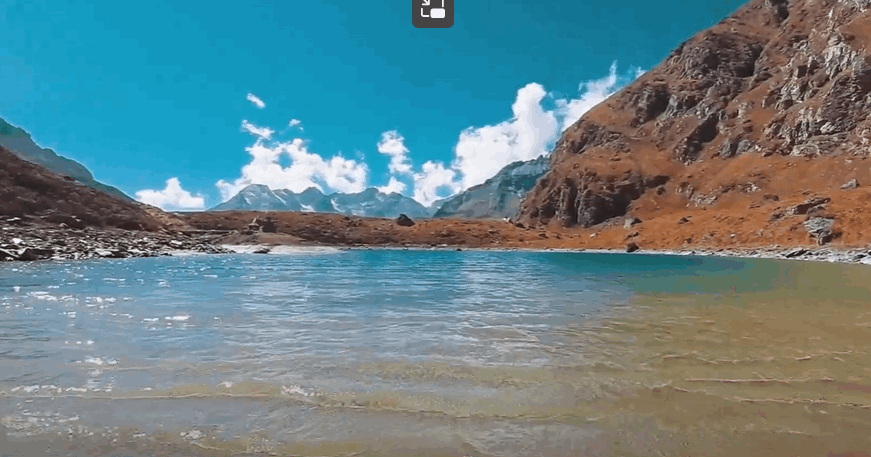
You may reach Kali Dhunga Lake, a glacier lake at an elevation of 4100 meters above sea level, after a few hours of hiking from the base camp. The Kali Dhunga lake is a holy place for the locals, where they come to worship Lord Shiva, the mightiest of Hindu deities. The lake is the source of the Chaulani river you have been walking along these past days. After exploring for a while, you then make your way back to Dhauli Odaar to spend the night.
Day 7: Dhauli Odaar to Seti Village
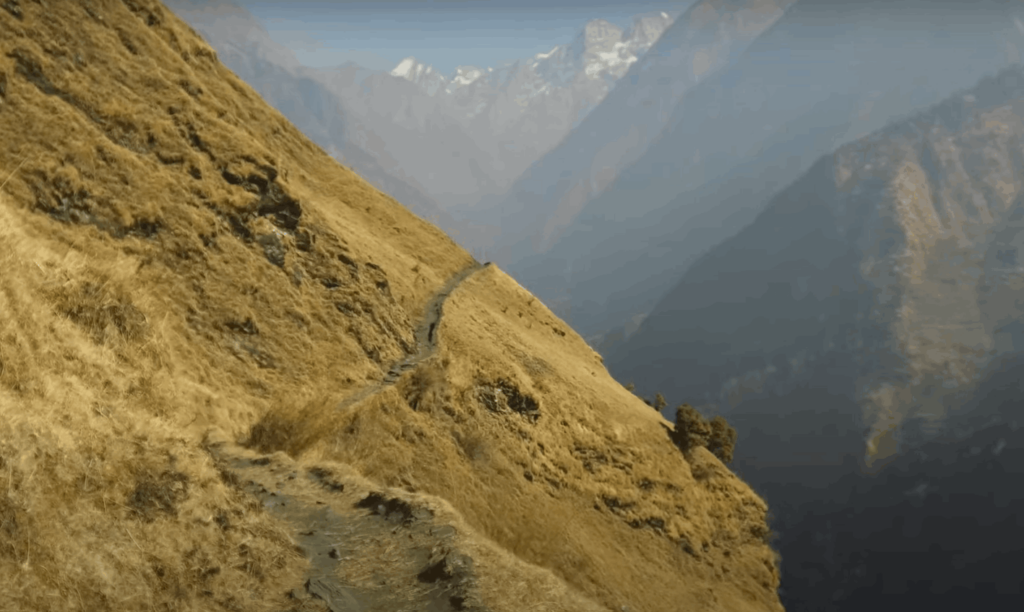
You rapidly pass your trail on the way back because it is mostly downhill and the altitude is also falling. Your lungs aren’t having as much trouble adapting to the drop in altitude, so you can move forward more quickly. You get to Seti Village and spend the night there.
Day 8: Seti Village to Ghusa to Makarigaad
You quickly get down to Ghusa village where you can choose to spend an extra day if you want your legs rested. You can also walk down to Makarigaad following the same trail you came from. Spend the night at Makarigaad.
Day 9: Ganna to Attariya
Drive to Ganna for a couple of hours and catch a bus to Attariya, Kailali along the hilly trail.
Day 10: Back to Kathmandu
Drive back to Kathmandu
Best Time for Api Base Camp Trek
The best time to go on the Api Base Camp Trek is in the autumn and spring since they have the nicest weather, are easy to walk in, and have clear vistas. This makes the walk less difficult for you in terms of food because you can also locate locals settling in the higher areas during these seasons.
The hike should be avoided during the rainy season because the roads are slippery and difficult to navigate. To see the white blanket of snow covering the Api Base camp, you can choose to trek in the winter as well, provided you exercise proper safety.
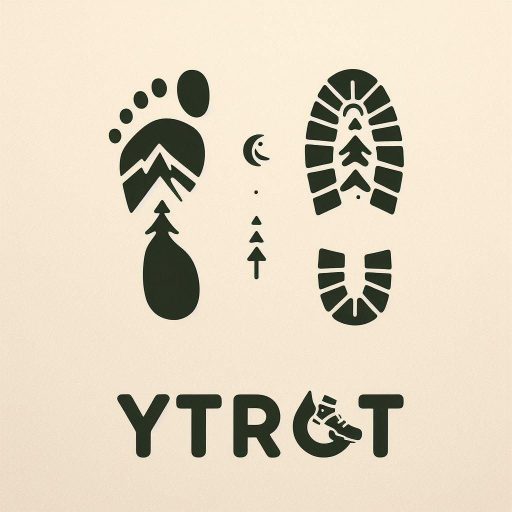
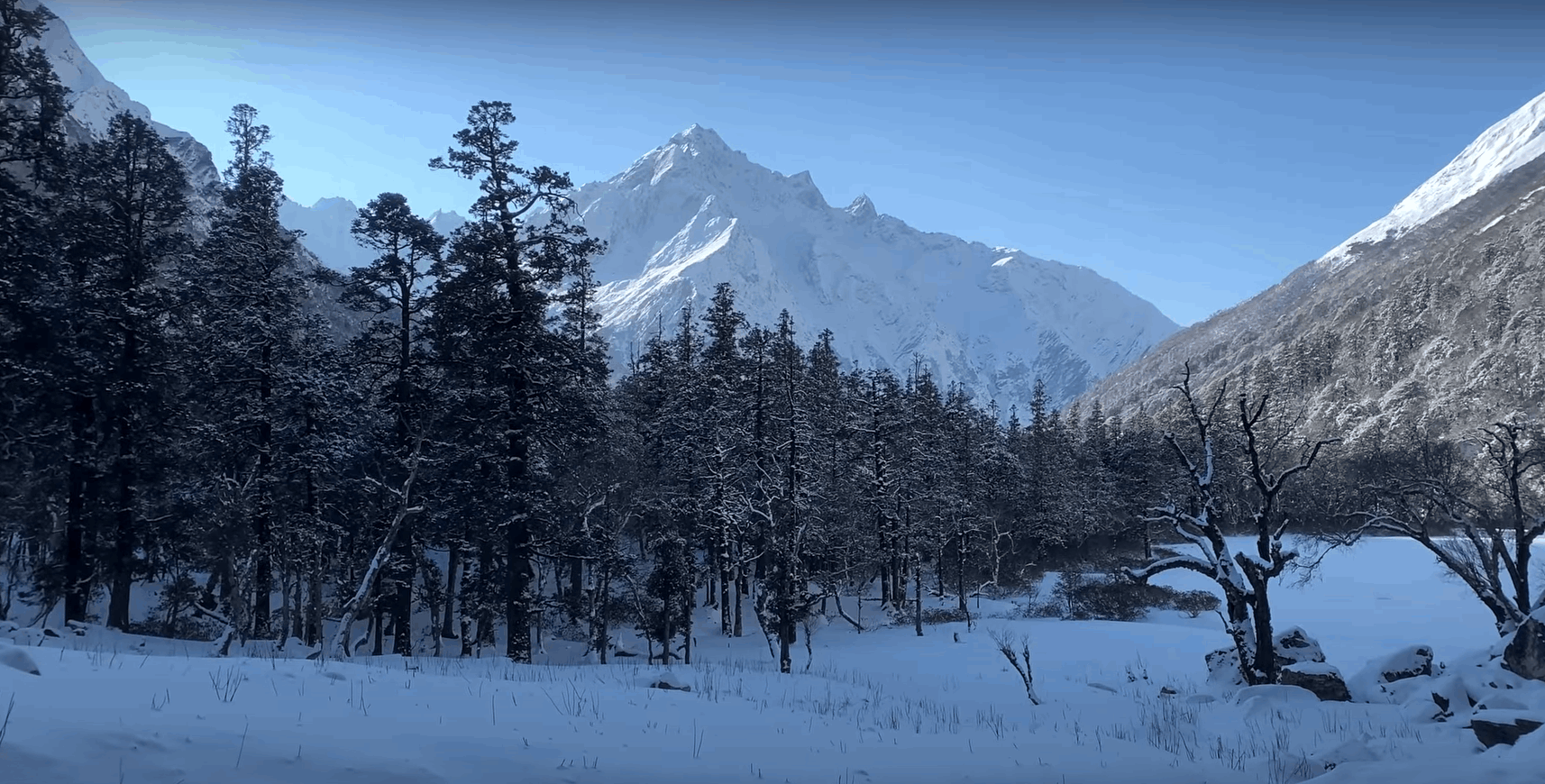
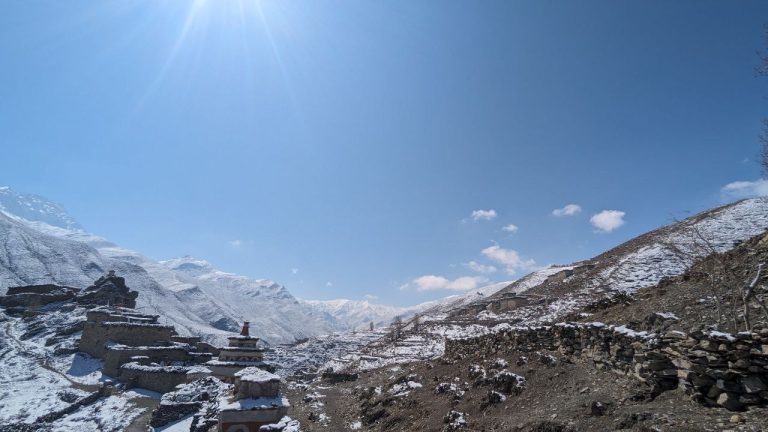
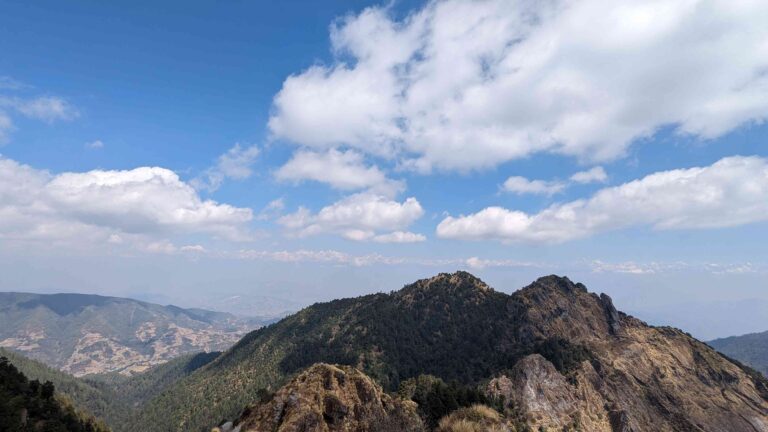
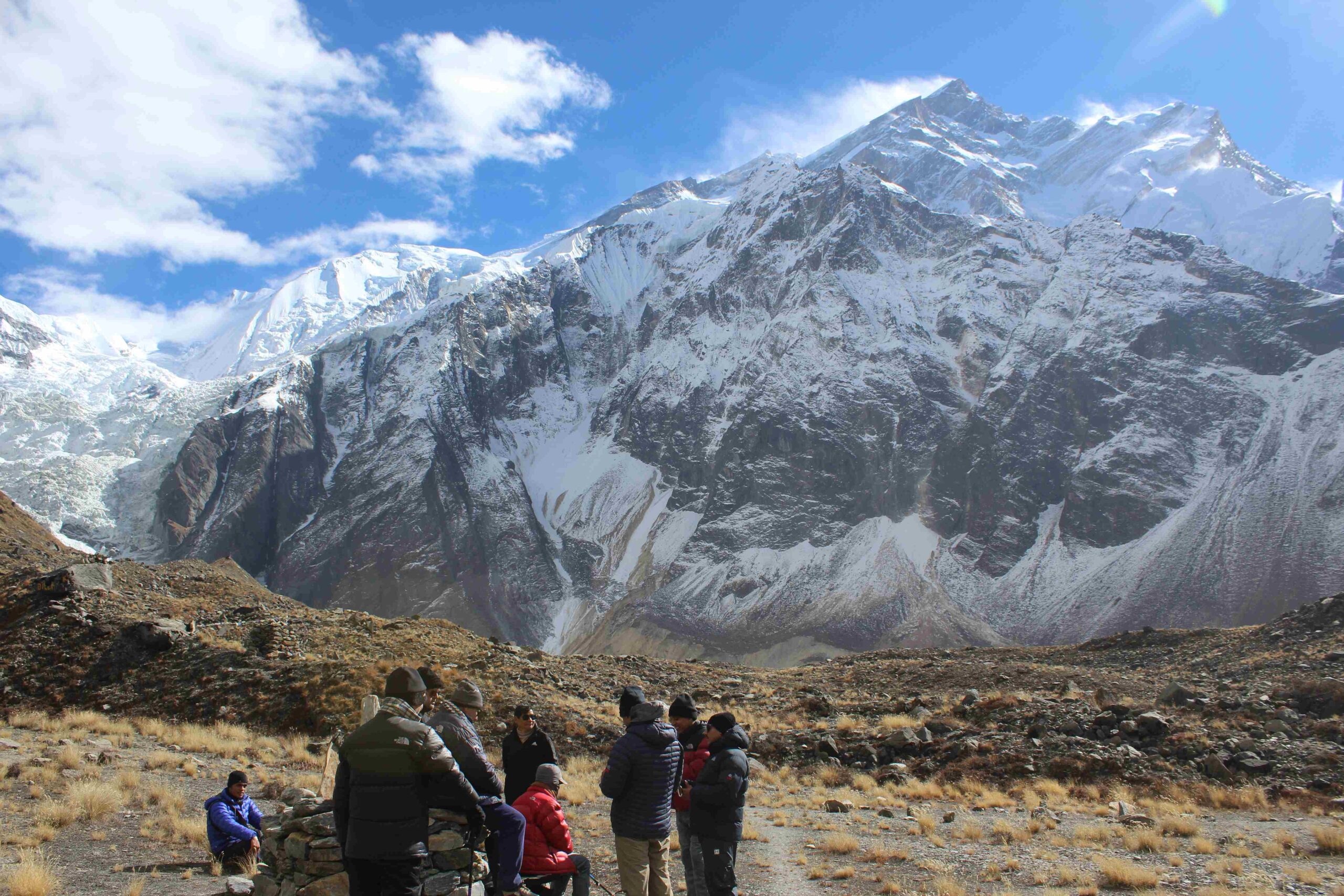
[…] Also see: Api Base Camp Trek – Remote Nepal and Kali Dhunga – YTROT […]
[…] culture of the people who live in western Nepal. The trek also provides breathtaking views of the Api and Saipal […]